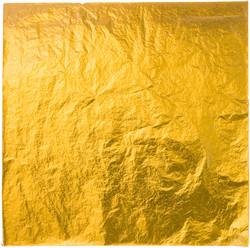A step towards photonic computers
Photonics is a new principle of computing, using light particles (photons) instead of electrons. Although offering much faster computational speeds, photons are very difficult to manipulate; hence, photonics remains at an early development stage. The EU-funded LASER-PLASMON (Laser manipulation of plasmonic nanostructures) project intended to utilise plasmons to achieve manipulation. Plasmons are density waves of electrons, created by light hitting the surface of metals in particular ways. Acting effectively as quasiparticles, plasmons can potentially encode more information than conventional electronics. The consortium aimed to create nanostructures over large areas and with reliable optical properties. The approach relied on the LA photonic process, which permits use of inexpensive, flexible substrate materials. Researchers developed and optimised seed materials suitable for nano-structuring using LA. Materials included thin sheets of single metals, including copper, silver and gold, plus composite or multilayered structures of gold or silver and certain active ceramics. Active here means responsive to electromagnetic radiation. Such work involved four very technical achievements, addressing either fundamental physical principles or fabrication processes. The team also successfully demonstrated the versatility and applicability of LA processing for the intended application. Project members identified the best LA system design and processing parameters for creating nanostructures of materials that sustain plasmonic response. The research addressed underlying LA mechanisms in terms of optical properties. Team members also developed a free web-based experimental library (Database of Laser Fabricated Innovative Nanostructures (DOLFIN)) to support new plasmonic applications. The LASER-PLASMON project's new fabrication method helps lower the manufacturing costs of plasmonic technologies. The result may be faster production – a step towards new photonic applications in computing.







